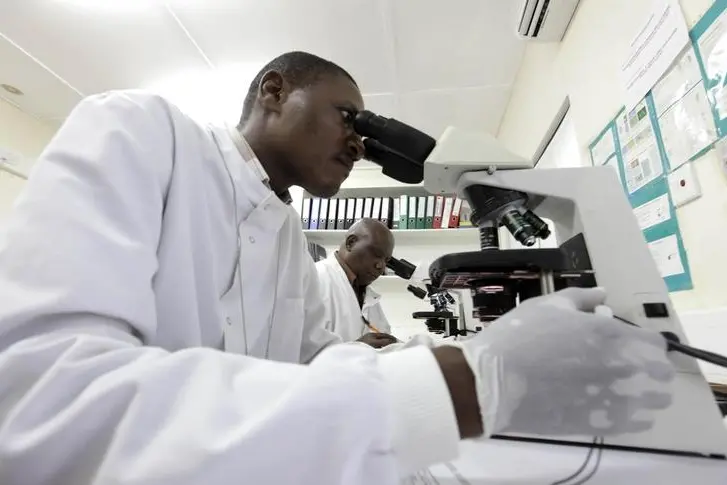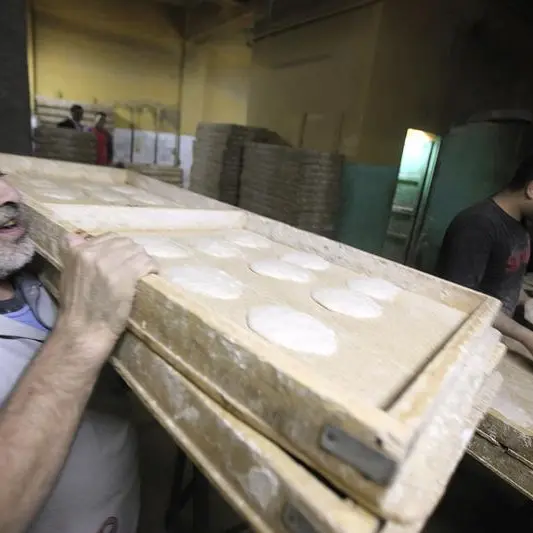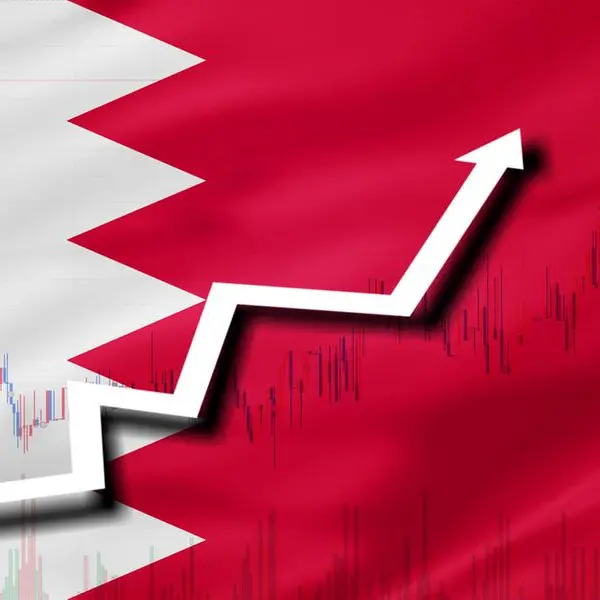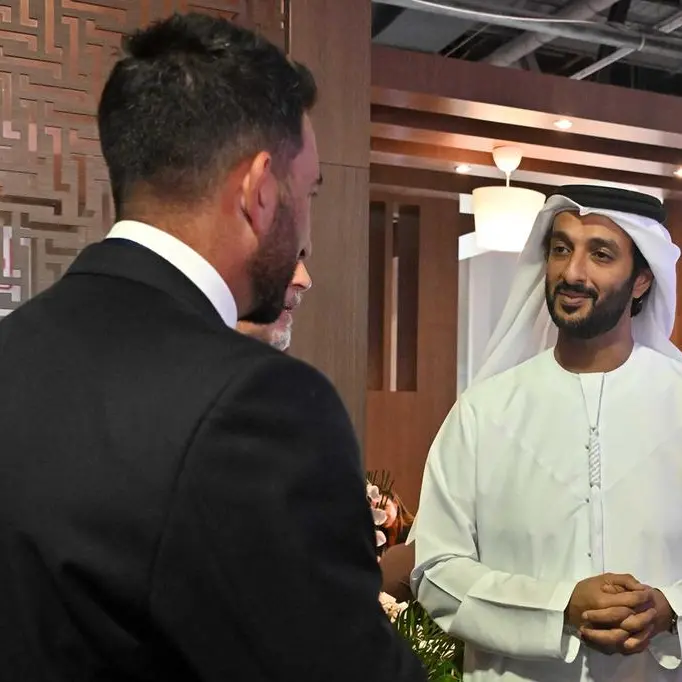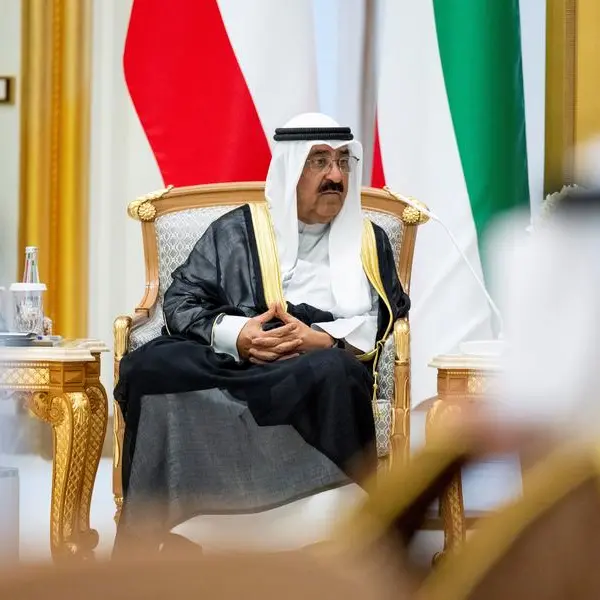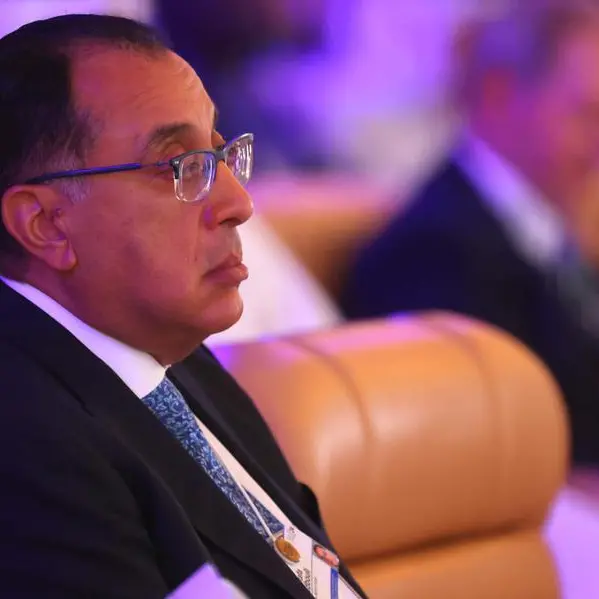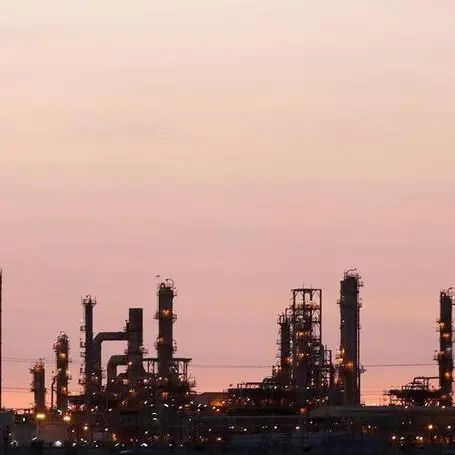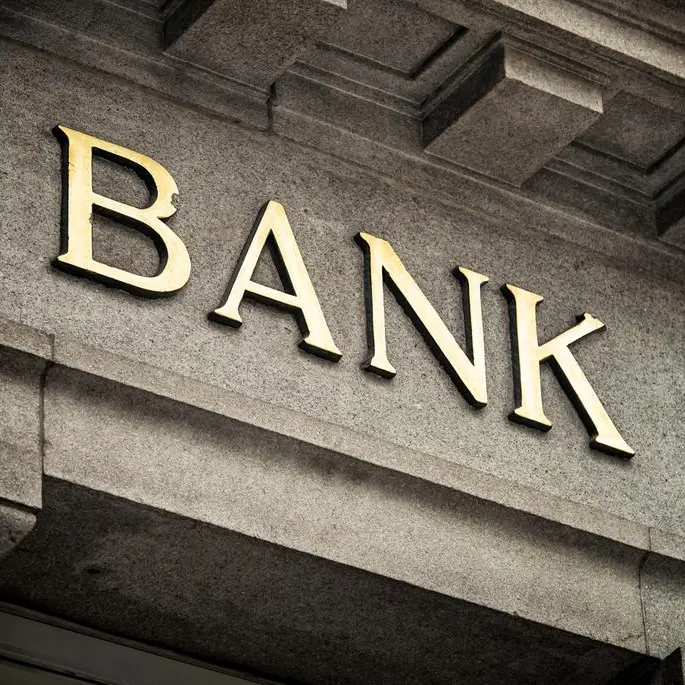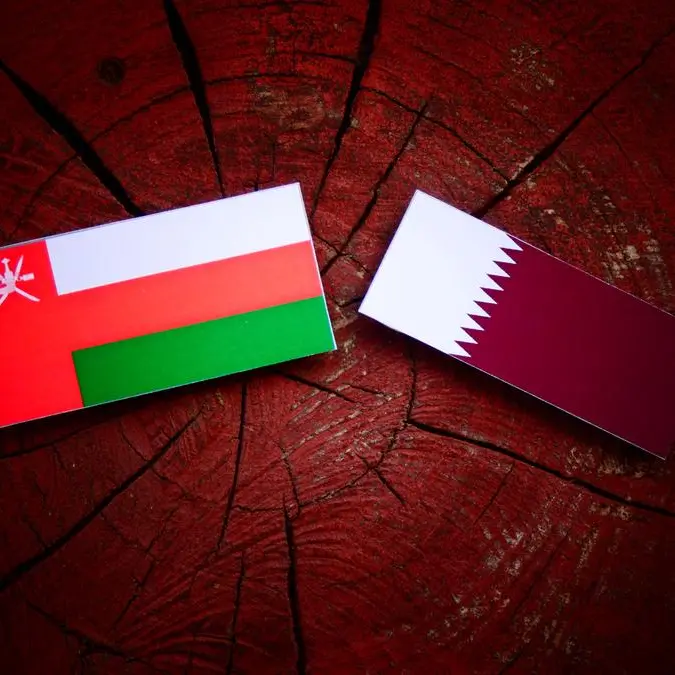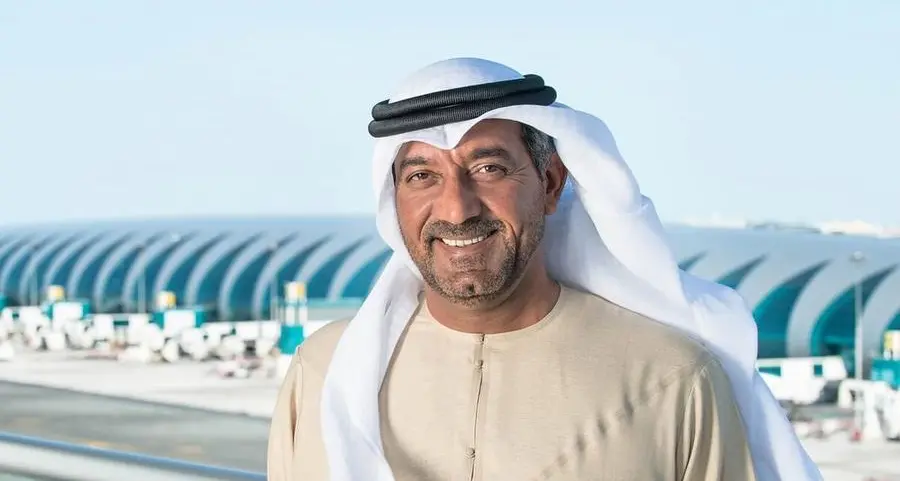PHOTO
(The author is a Reuters Breakingviews columnist. The opinions expressed are her own.)
LONDON - Bill Gates once compared the global death toll from malaria to seven jumbo jets, full mainly of children, crashing every day. His gloomy 2007 assessment may soon be outdated after the World Health Organization gave the green light to use of a new vaccine in Africa, where 274,000 people die of the disease each year. It’s also a savvy economic injection.
Mosquirix may not seem at first like a game changer. The shot developed by British drug giant GlaxoSmithKline is only 30% effective and complicated to administer. Children take three doses between five months and 17 months, and then a fourth around 18 months later. Given the death toll, the WHO doubtless reckons that something is better than nothing. Until now, the main defences have been bed nets and bug spray.
Large-scale rollout brings more than humanitarian benefits. The U.S. Centers for Disease Control and Prevention estimates malaria’s direct annual economic toll at $12 billion. The wider GDP hit is many times that. This relates mainly to the debilitating nature of malaria in adults. Fever, vomiting and chronic fatigue are among principal symptoms. Working days lost by truck drivers or miners decrease productivity in already inefficient economies. Treatments ranging from quinine-based therapies to those derived from the Chinese herb artemisinin can also cause nasty side effects like liver problems and tremors.
GSK has not disclosed the vaccine’s price, although there’s every chance it will be within reach of cash-strapped African health ministries, who spend 40% of their budgets treating malaria patients. In 2015, then-Chief Executive Andrew Witty estimated it would cost around $11.50 per child. On the basis of WHO forecasts of up to 110 million doses by 2030, that works out at $1.2 billion, less than 10% of the disease’s direct cost.
Success will also deliver a much-needed shot in the arm for the world’s largest vaccine maker. Despite that moniker, GSK failed to produce an effective jab against Covid-19, leaving rivals like AstraZeneca, Pfizerand Moderna to lap up global recognition. Its other remedies also suffered due to limited demand during the pandemic. Far and away the biggest beneficiaries, however, will be Africans.
CONTEXT NEWS
- The World Health Organization said on Oct. 6 that GlaxoSmithKline’s RTS,S malaria vaccine, commonly known as Mosquirix, should be widely given to African children. The British drugmaker is providing the shots at cost plus 5%.
- Since 2019, 2.3 million doses of Mosquirix have been given to infants in Ghana, Kenya and Malawi in a large-scale pilot programme coordinated by the WHO. The majority of malaria victims are under 5.
- Mosquirix is only 30% effective at preventing severe cases of malaria in children but is the world’s only approved vaccine. The European Union’s drugs regulator gave it the green light in 2015, saying benefits outweighed the risks.
- A global market study led by the WHO this year projected demand of 50 to 110 million doses annually by 2030 if it was deployed in areas with moderate to high malaria transmission.
(The author is a Reuters Breakingviews columnist. The opinions expressed are her own.)
(Editing by Ed Cropley and Oliver Taslic) ((For previous columns by the author, Reuters customers can click on DONNELLAN/ SIGN UP FOR BREAKINGVIEWS EMAIL ALERTS http://bit.ly/BVsubscribe | Aimee.Donnellan@thomsonreuters.com; Reuters Messaging: Aimee.Donnellan.thomsonreuters.com@reuters.net))
